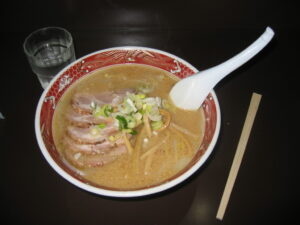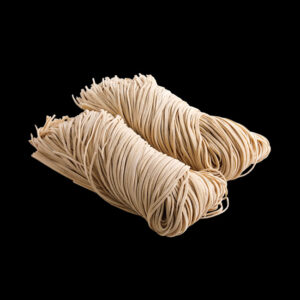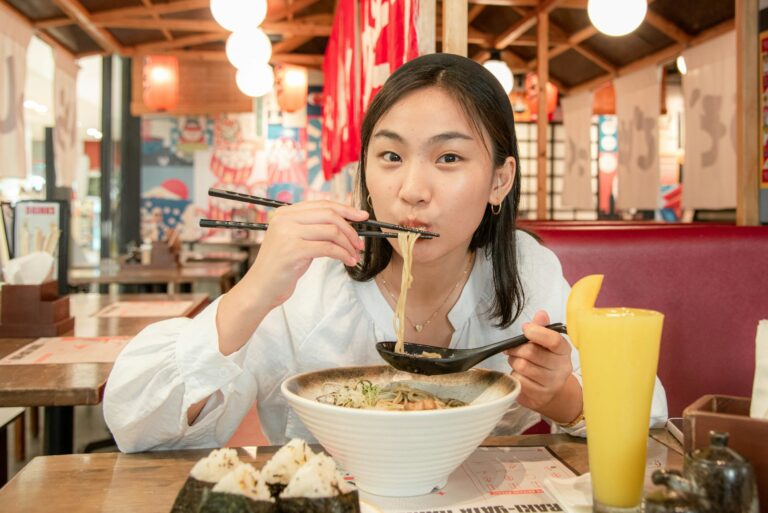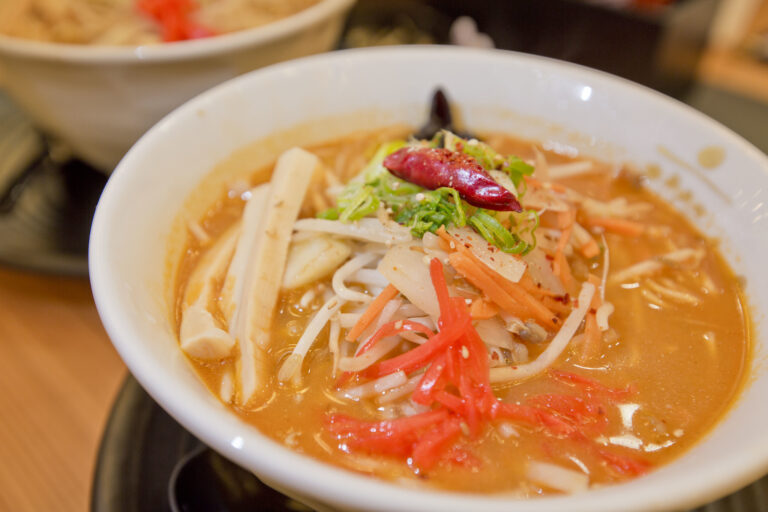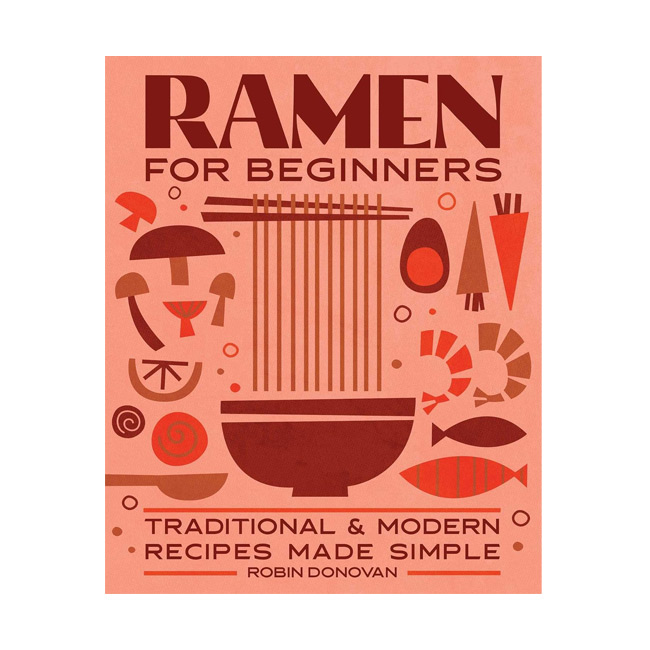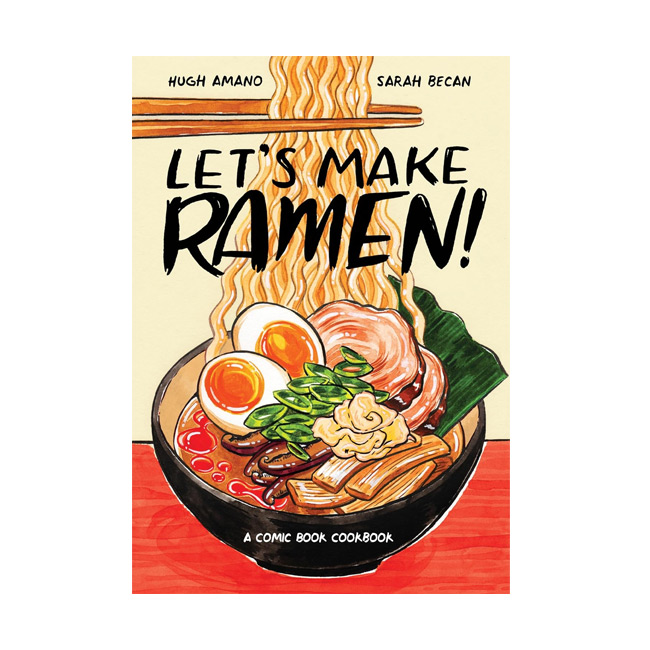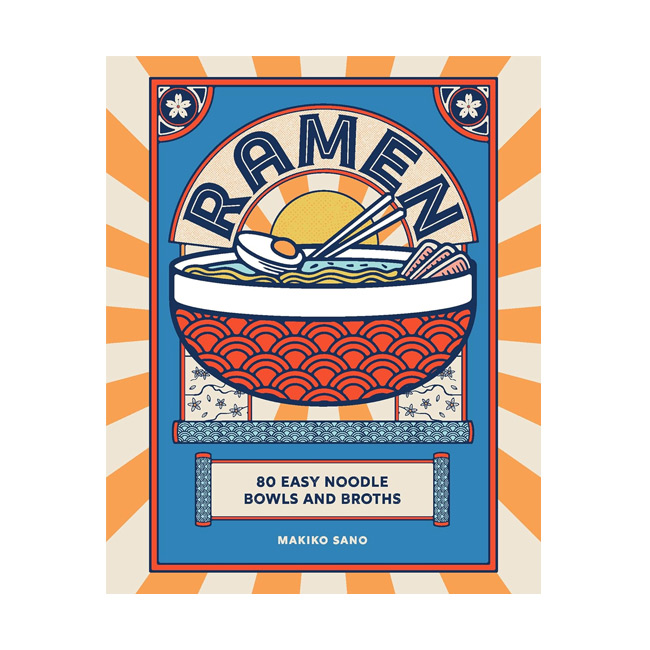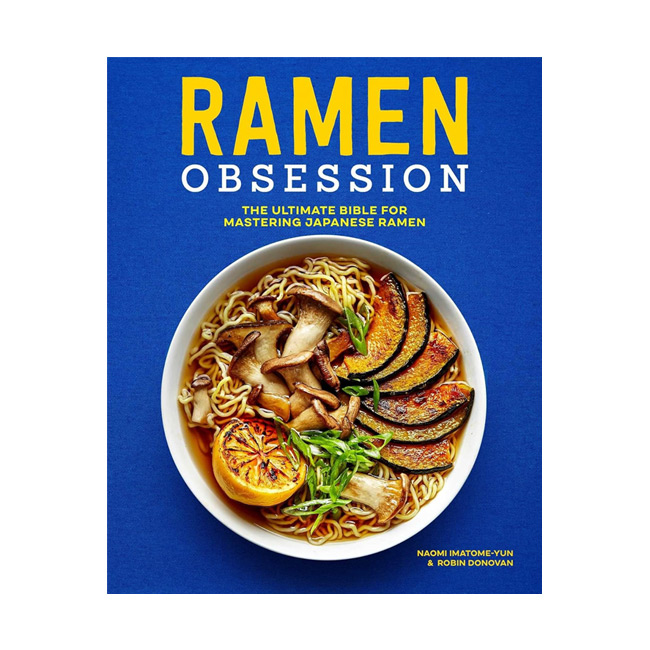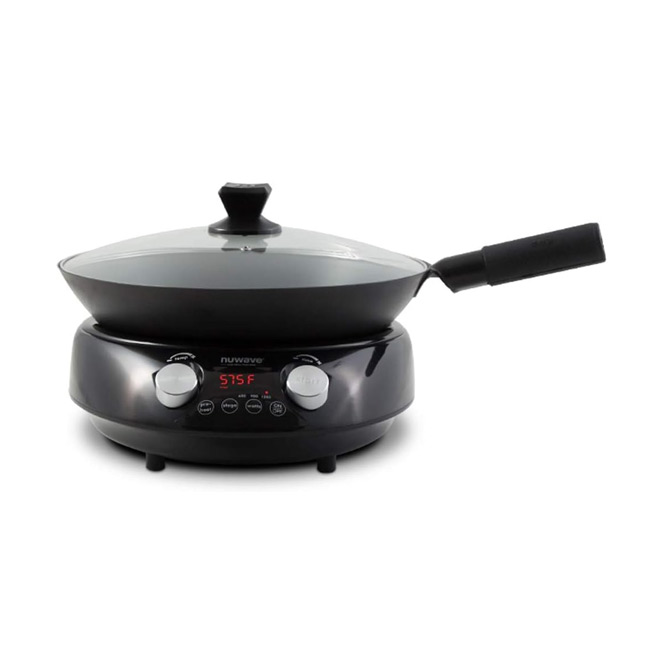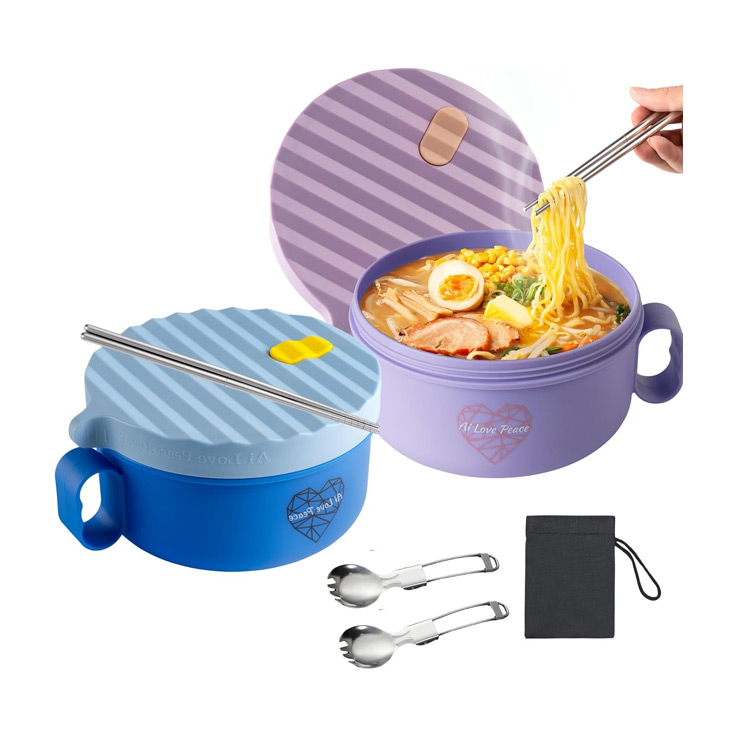Ramen in Japan is, luckily, quite an affordable dish, though prices have been rising due to inflation and increased costs. Here’s a comprehensive guide to current ramen prices and what to expect!
Average Cost of Ramen in Japan
Typical Price Range: Most ramen bowls cost between 700 and 1,000 yen (approximately US$6 to US$7).
Budget Options: Some local shops still offer bowls for under 700 yen (around £3.70), though these are becoming less common due to rising costs (prices for essentials like pork, noodles, and seaweed have risen by over 10% in recent years, and higher wages and energy costs are impacting operational expenses).
Regional and Specialty Ramen Variations and Their Prices
Japan’s ramen scene is incredibly diverse, and regional specialties can often influence both flavor and price. For example, tonkotsu ramen, originally from Fukuoka in the southern region of Kyushu, is made from a rich, creamy pork bone broth that’s simmered for hours. This style tends to be hearty and satisfying, and you can typically expect to pay around $6 to $9 USD per bowl depending on the shop’s location and quality.
In the colder northern region of Hokkaido, miso ramen is especially popular. Its broth is based on fermented soybean paste, which gives it a deep, savory flavor perfect for chilly climates. This version often includes corn and butter as toppings, and prices usually range from $7 to $10 USD.
Shoyu ramen, featuring a soy sauce-based broth, is commonly found in Tokyo and offers a clearer, more balanced flavor compared to heavier variants. It’s one of the more affordable styles, typically costing between $5 and $8 USD.
And, of couse, there’s also tsukemen, a more modern take where the noodles and broth are served separately—the noodles are dipped into a highly concentrated broth before eating. Because of the specialized preparation and often larger portion sizes, tsukemen can run slightly higher, around $8 to $12 USD.
In upscale or Michelin-starred ramen shops, prices can jump significantly—some charging $12 to $20 USD or more for bowls featuring premium ingredients like truffle oil, wagyu beef, or seafood-based broths.
Tips for Enjoying Ramen in Japan
Ordering: Many ramen shops use vending machines where you purchase a ticket for your meal before handing it to the staff.
Toppings: Common additions include soft-boiled eggs, extra slices of pork (chashu), bamboo shoots, and nori (seaweed).
Dining Etiquette: It’s customary to eat promptly and vacate your seat to accommodate other patrons, especially in busy establishments.

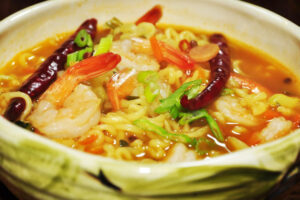
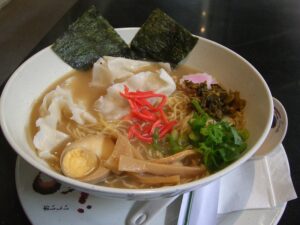
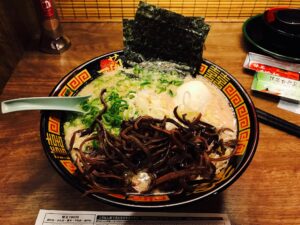
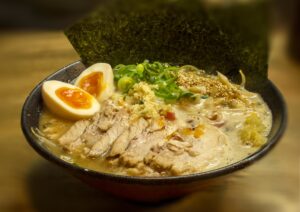
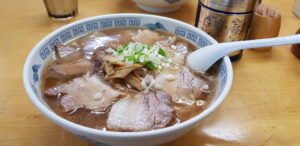
![Types of Ramen: Hakata Ramen. Image courtesy of [cipher] via Flickr Commons.](https://ramendatabase.com/wp-content/uploads/2024/06/Types-of-Ramen_Hakata-Ramen-300x199.jpg)

